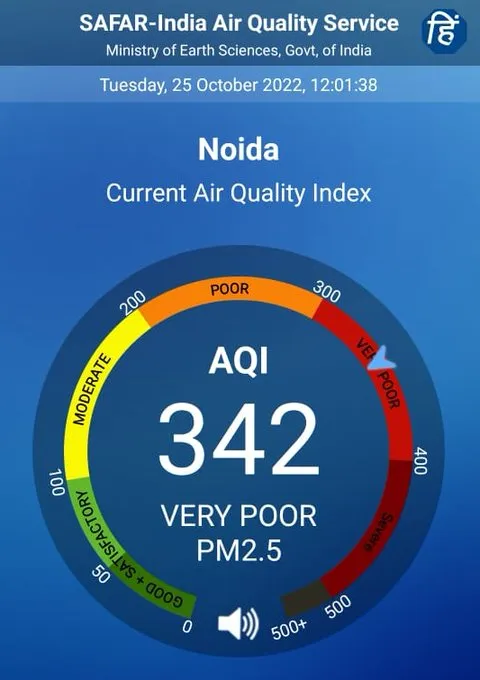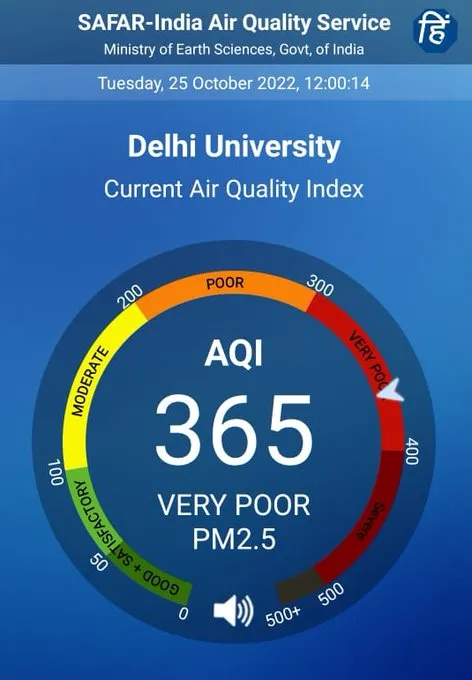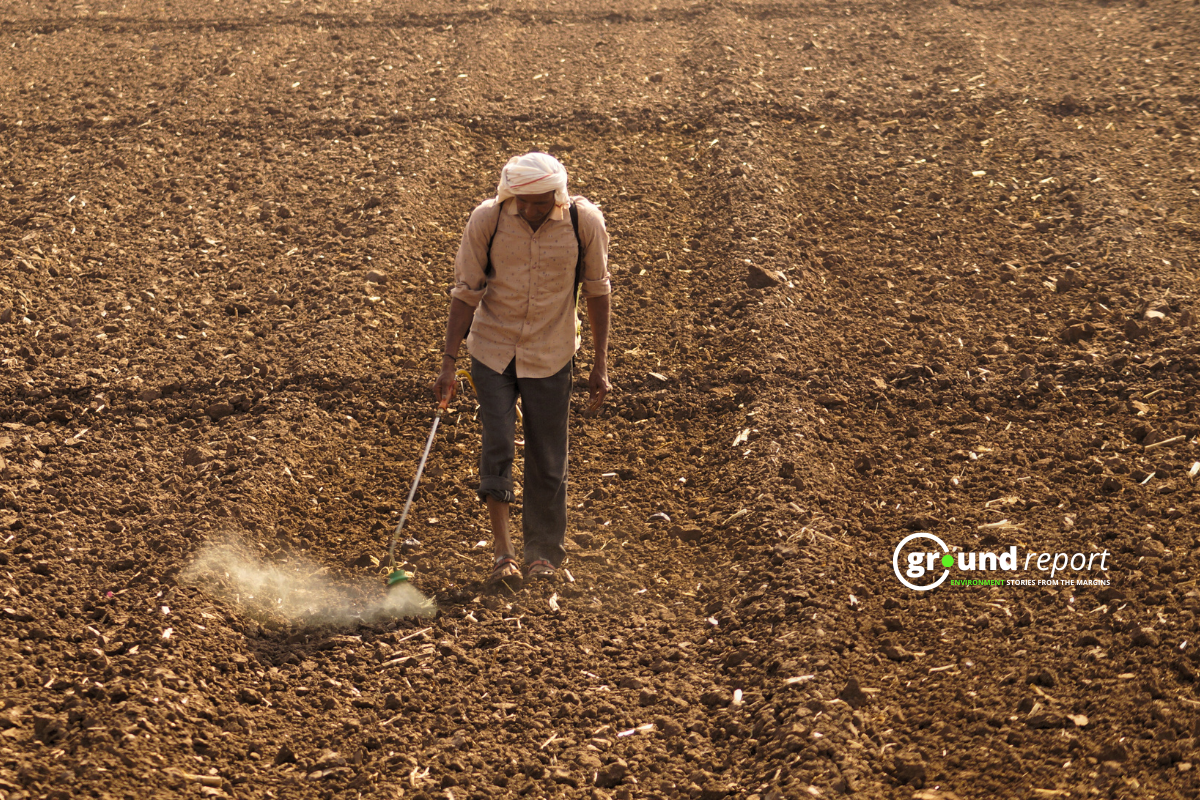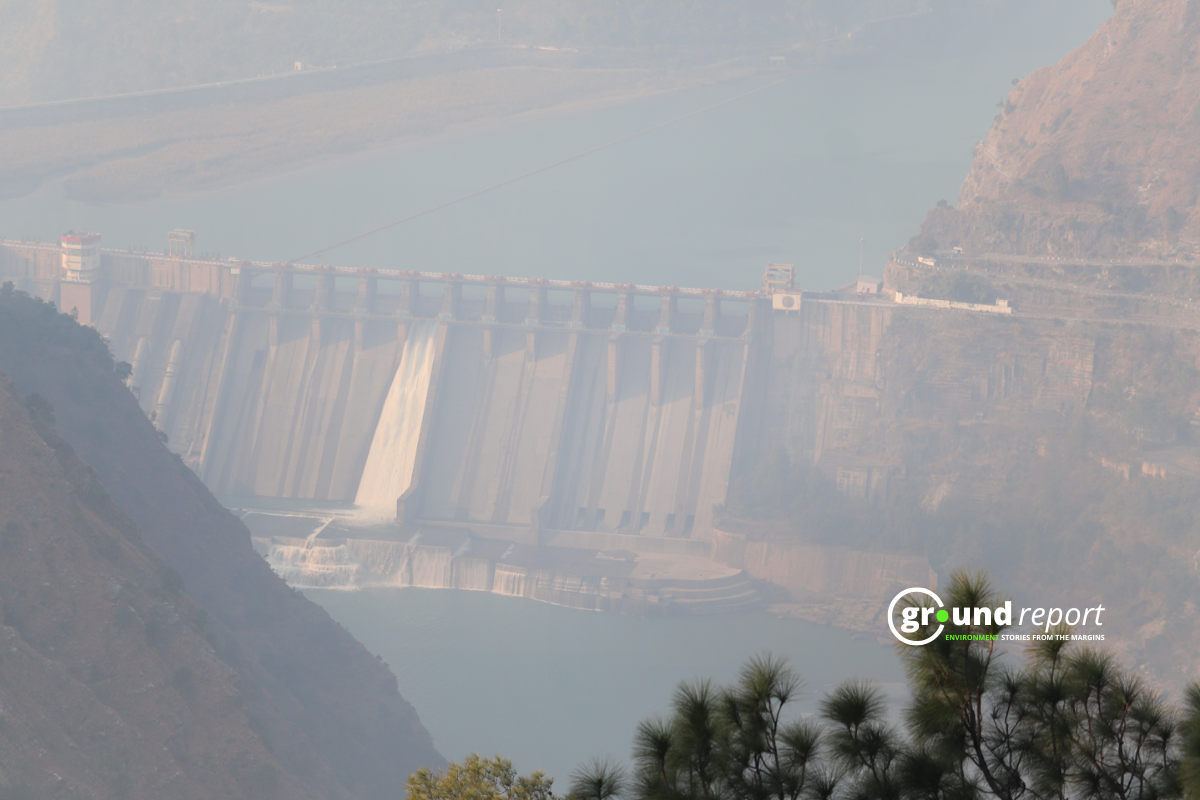Air quality in Delhi on Diwali turned “very bad” amid an increase in stubble burning, the exploding of firecrackers and moderately unfavorable weather conditions that allowed pollutants to build up. On Monday it was the most polluted city in the world, followed by Lahore in Pakistan, according to the Swiss organization IQAir.
Delhiites woke up to “very bad” air quality, as Delhi’s Air Quality Index (AQI) stood at 326 at 8 a.m. Tuesday, one day after Diwali. Areas in Delhi like Narela, University of Delhi, Anand Vihar, India Gate and Dwarka reported very poor air quality.



Delhi most polluted
The neighboring cities of Ghaziabad, Noida, Greater Noida, Gurugram and Faridabad had an AQI of 285, 320, 294, 315 and 310 respectively. Poor air quality was reported in areas such as Cyber Hub and Najafgarh.
Delhi recorded an AQI of 382 on Diwali last year, 414 in 2020, 337 in 2019, 281 in 2018, 319 in 2017 and 431 in 2016, according to data from the Central Pollution Control Board (CPCB). An AQI between 0-50 is considered good, 51-100 satisfactory, 101-200 moderate, 201-300 poor, 301-400 very poor, and 401-500 severe.
Although Delhiites burned firecrackers despite the ban, the intensity was slightly lower compared to the last two years. The Delhi government, led by the Aam Aadmi party, has imposed a ban on the production, sale and use of all kinds of firecrackers until January 1, 2023, including Diwali.
The PM2. 5 (fine particles) at 25 monitoring stations in the national capital were five to six times the national standard of 60 micrograms per cubic meter at 4 p.m.
Air quality in the capital may drop into the “serious” zone early Tuesday, but improving wind speeds and warm conditions during the day will help disperse pollutants, said Gufran Beig, a senior professor at the Institute. National Advanced Studies of the Indian Institute of Science.
The Early Warning System of the Indian Institute of Tropical Meteorology (IITM) said, the capital’s air quality is likely to remain in the “very bad” category until October 27.
Notably, the Arvind Kejriwal-led Delhi government announced last month a total ban on the production, sale and use of all types of firecrackers until January 1, 2023, including on Diwali, a practice it has been following for years. last two. years. Firecrackers, however, went off in various parts of Delhi even though they were banned.
Diwali Pollution effects
- Long-term health effects
Air pollution is the main cause of respiratory problems these days. Long-term exposure to this air can cause chronic asthma, lung failure, and cardiovascular disease. Pregnant women are advised to avoid strenuous exercise in such air conditions, as a large intake of this air could lead to miscarriage.
- Environmental effects
Diwali air pollution is increasing the temperature of the earth. This increase in temperature is causing the melting of all the icebergs and glaciers present. 1.2 trillion tons of ice melt every year and all of this turns into water and enters our oceans. These long-term effects of air pollution from firecrackers can lead to a major climate crisis.
Also Read
- Sarbal Village: A hamlet in Kashmir waiting for development
- Farmers in MP face crop failure every year due to climate change
- Climate Change: Kishanganga Dam causes water concerns
Follow Ground Report for Climate Change and Under-Reported issues in India. Connect with us on Facebook, Twitter, Koo App, Instagram, Whatsapp and YouTube. Write us on GReport2018@gmail.com








